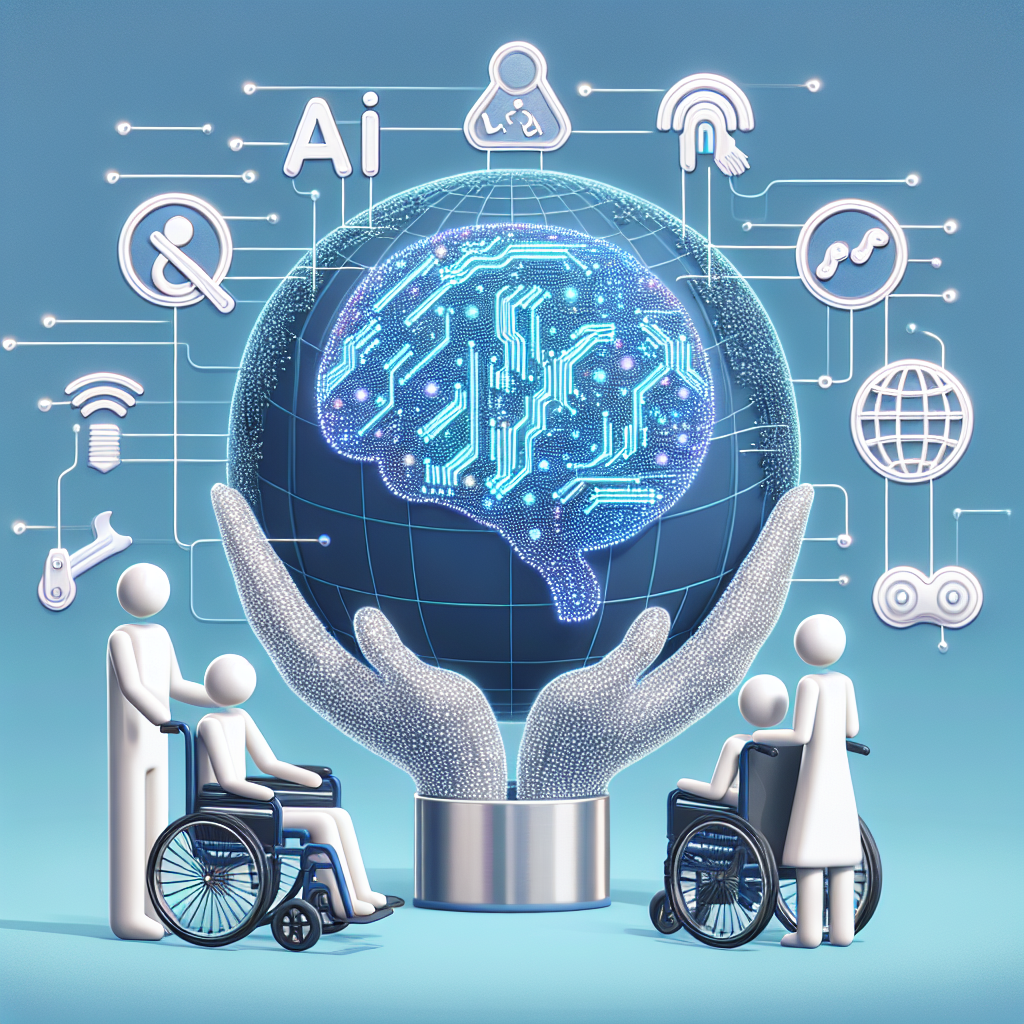In recent years, there has been a growing focus on using artificial intelligence (AI) to improve accessibility for people with disabilities. AI-driven solutions have the potential to make a significant impact in this area by providing new tools and technologies that can help individuals with disabilities navigate the world more easily and independently.
One of the key benefits of AI-driven solutions is their ability to adapt to the specific needs of each individual. For example, AI-powered speech recognition technology can be customized to better understand the speech patterns of individuals with speech impairments, making it easier for them to communicate with others. Similarly, AI-driven image recognition technology can be used to help individuals with visual impairments navigate their surroundings by providing them with auditory cues about their environment.
Another area where AI-driven solutions are making a big impact is in the field of assistive technology. For example, AI-powered prosthetic limbs can be programmed to adapt to the specific movements and needs of the individual wearing them, making it easier for them to perform everyday tasks. Similarly, AI-driven devices like smart glasses can provide individuals with visual impairments with real-time information about their surroundings, helping them to navigate unfamiliar environments more easily.
AI-driven solutions are also being used to improve accessibility in digital spaces. For example, AI-powered software can be used to automatically generate captions for videos, making them more accessible to individuals with hearing impairments. Similarly, AI-driven website design tools can be used to create websites that are more user-friendly for individuals with visual impairments, by optimizing the layout and design to better accommodate their needs.
Overall, AI-driven solutions have the potential to make a big impact in improving accessibility for people with disabilities. By providing new tools and technologies that can adapt to the specific needs of each individual, AI-driven solutions are helping to create a more inclusive and accessible world for all.
FAQs:
Q: What are some examples of AI-driven solutions that are helping to improve accessibility for people with disabilities?
A: Some examples of AI-driven solutions include speech recognition technology for individuals with speech impairments, image recognition technology for individuals with visual impairments, prosthetic limbs that are powered by AI, and assistive technology devices like smart glasses.
Q: How can AI-driven solutions be customized to better meet the needs of individuals with disabilities?
A: AI-driven solutions can be customized by programming them to adapt to the specific needs and movements of the individual using them. For example, speech recognition technology can be customized to better understand the speech patterns of individuals with speech impairments, while image recognition technology can be customized to provide auditory cues for individuals with visual impairments.
Q: How are AI-driven solutions being used to improve accessibility in digital spaces?
A: AI-driven solutions are being used to improve accessibility in digital spaces by automatically generating captions for videos, optimizing website design for individuals with visual impairments, and creating user-friendly interfaces for individuals with disabilities.
Q: What are some of the challenges facing the implementation of AI-driven solutions for improving accessibility?
A: Some of the challenges facing the implementation of AI-driven solutions for improving accessibility include the need for ongoing research and development, the cost of implementing new technologies, and concerns about privacy and data security.

